5 Easy Ways to Adjust Tire Pressure on Fat Tire Electric Bikes
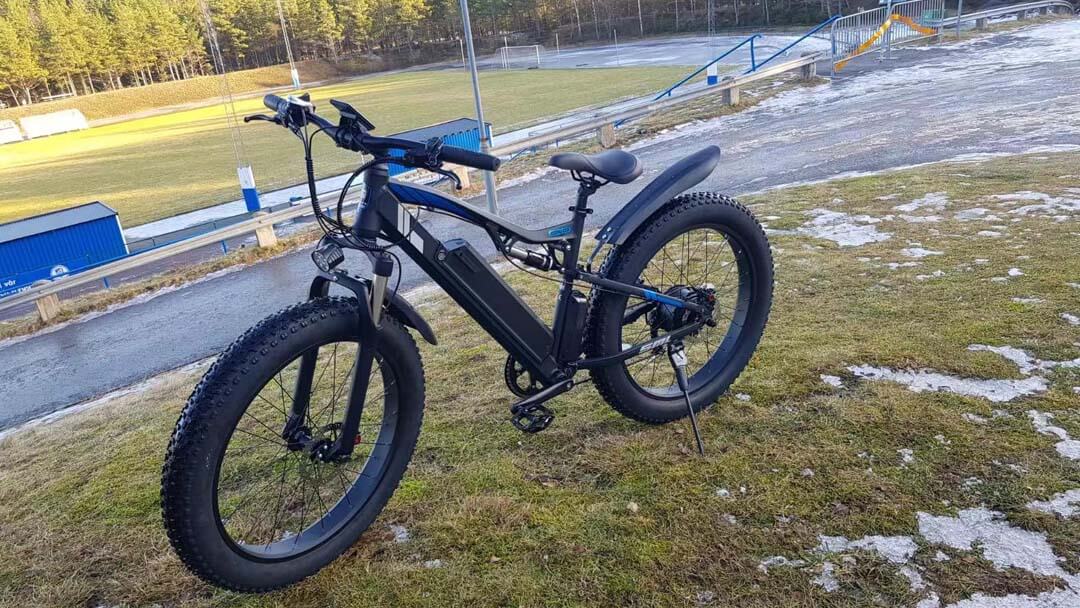
Despite the growing popularity of fat-tire electric bikes, many people still find them weird. People on the road and in the parking lot couldn't help but stare at these strange inventions. When Shengmilo often makes fat-tired electric bikes, the first thing people notice is the tires. This didn't happen by accident. The defining feature of a fat tire electric bike is its tire size. Otherwise, it functions like a conventional bike. The topic of high tire pressure usually comes up after people have recovered from their initial shock at seeing such huge tires. The low-risk nature of the situation often leads to unexpected reactions.
Yes, there are valid reasons for using such low pressures. While they are always low, they may vary slightly depending on the terrain. This is true whether you ride a fat bike in summer or winter. Also, it is difficult to measure the pressure used on a fat tire electric bike with a standard floor pump.
Is there something here that you don't understand? Don't worry; if you follow the basic guidelines outlined in this article, you'll be able to inflate your fat tire electric bike like a pro in no time.
The Easy Way to Change Tire Pressure on a Fat Tire Electric Bike
The ideal tire pressure for an e-mountain bike depends on a variety of factors, including the type of electric bike you're riding, the weather you'll be riding in, and your personal preferences, so there's no one-size-fits-all answer. Mountain bike tires are usually inflated to between 30 and 35 psi. Tire inflation pressures should be found in the owner's manual or on the manufacturer's website. You can also try different pressures to see which works best for you. Check the tires before riding. If you start to skid or feel restless while driving, adjusting your tires may help.
What's the matter with the low tire pressure of the fat tire electric bike?
Tire pressure should be adjusted according to the intended use and the user's personal preference. Fat electric bikes have low tire pressure because the larger the fat electric bike, the less pressure it needs to carry the weight of the rider. Fat electric bike tires are usually 3 to 4 inches wide. Fat tire electric bikes are more comfortable to ride in deep snow, loose sand, and mud when the tires are inflated to a lower pressure. The electric bike's fat tires, which help to evenly distribute the weight of the rider and the electric bike, make this possible.
If that's true, what happens to fat electric bike tires?
Fat electric bike tires have low pressure due to the trade-off between large tire volume and the need to ride on soft, uneven terrain. In short, the lower the tire pressure, the more bulky the tire, and the greater the need for traction or flotation.
The tire size of the fat electric bike is fixed. If conditions haven't changed, you may just set the tire pressure and leave it alone. Fat electric bike riders, on the other hand, may encounter a variety of surfaces, including soft snow, ice, sand, asphalt, and more. When used for mountain biking, tire pressure on fat electric bikes should be between 5 and 10 psi. Lowering tire pressure keeps the tires on the road longer, improving traction and stability.
1. Adjust the pressure to suit the surrounding environment
Increase tire pressure in icy or snowy conditions. Under these conditions, 20 PSI per square inch is an acceptable baseline. More air in the tires means faster traversal through the snow. When the ground becomes softer, the tire pressure should be reduced. Rough terrain requires higher tire pressures. ensures the best possible grip and ride quality for you.
Tire pressure adjustments for sand or fresh snow differ from those for asphalt or compacted icy snow. At lower pressures, a larger contact area between the road and the tires is created. Increasing your body's contact area with the ground helps you gain traction. First, let the air out of the tire until the pressure is just high enough to prevent a blowout. For general weather, 10 PSI is a good baseline pressure.
2. Cycling experience
Winter conditions are often more bearable after snow falls (before riders pack up or pack up the trail) or when temperatures are warm enough to melt the snow and soften the trail. When there is no snow on the ground, "soft" can mean sand or a wet, muddy path (even riding a wet or muddy path on a fat electric bike can be bad form).
Lower tire pressure is beneficial when riding on loose surfaces so that the tires can flatten under your weight when you sit on the electric bike. The flatter they are, the larger the area covered. Because of the increased surface area under tire load, it can float on snow (or at least not sink as much as it would with less surface area).
One could argue that the very nature of fat electric bike tires makes them ideal for use on loose terrain, as the larger profile should help the rider maintain his footing. They are right. However, changing the pressure can further enhance buoyancy and traction.
3. Face challenging weather

Increase tire pressure when driving on icy or snow-packed surfaces. For these situations, a pressure of 20 PSI is an appropriate baseline. Higher tire pressure results in faster driving in the snow because the tires don't sag as much. When the road surface becomes less firm, the tire pressure should be reduced. Rough terrain will require tire pressures to be raised above recommended levels. You'll have better traction and a smoother ride.
4. Tire pressure can be changed as the environment changes
Knowing trail conditions will help you choose the correct tire pressure, but trails are more subtle than they appear.
Your ride will often take you over hard and soft surfaces, which will force you to change how you ride.
Tire pressure can be adjusted to suit changing road conditions. This is difficult to do in extreme weather conditions, as you spend more time waiting for the weather to improve before you can get on the electric bike. Instead, you should use a tire pressure somewhere in the middle of what you use for hard and soft surfaces. In pleasant weather, you will float higher and encounter less resistance, and vice versa in harsher conditions.
5. When should you consider putting some air on the road?
Keep an eye on your tire pressure as you ride so you know when to adjust for changing terrain conditions. deflate if necessary.
-
You lose your footing on the snowy road and fall to the ground.
-
When riding on muddy snow (especially uphill), the rear wheel will slip.
-
You'll just leave a small rut or run across a surface, like a snow crust.
-
Your electric bike will shake over every bump and hole in the track.
You may also need to inflate your tires if you have any of the following conditions:
Assuming you want to maintain forward motion when going downhill, you'd better pedal harder.
After four or five days without fresh snow and grooming, the trails were in good shape and rock solid.
If you feel the tire fold or bend when turning a corner or going over a bump, you should inflate it immediately, or it could be flattened.
Tire pressure monitoring
Most floor pumps and small hand pumps for tire pressure can't tell the difference between 4.5 and 5.5 psi. In this case, a low pressure gauge can be useful.
Of course, some cyclists prefer not to check their tire pressure and rely entirely on their senses. However, if you want to reliably recreate different tire pressures, you will need a low-pressure tire gauge.
The low-pressure gauge is usually disconnected from the pump. They are different tools just for tire pressure checks. can read pressure more accurately, down to a tenth of a PSI, than standard gauges on surface pumps.
Summarize,
The top-rated fat mountain electric bike for a fun and effective outdoor workout Before getting on your electric bike, it's important to check your tire pressure and adjust it to your personal preference, track conditions, or both. You should know that fat-tire mountain bikes have different tire pressures than traditional bikes. Shegnmilo is a great place to buy mountain bikes online.


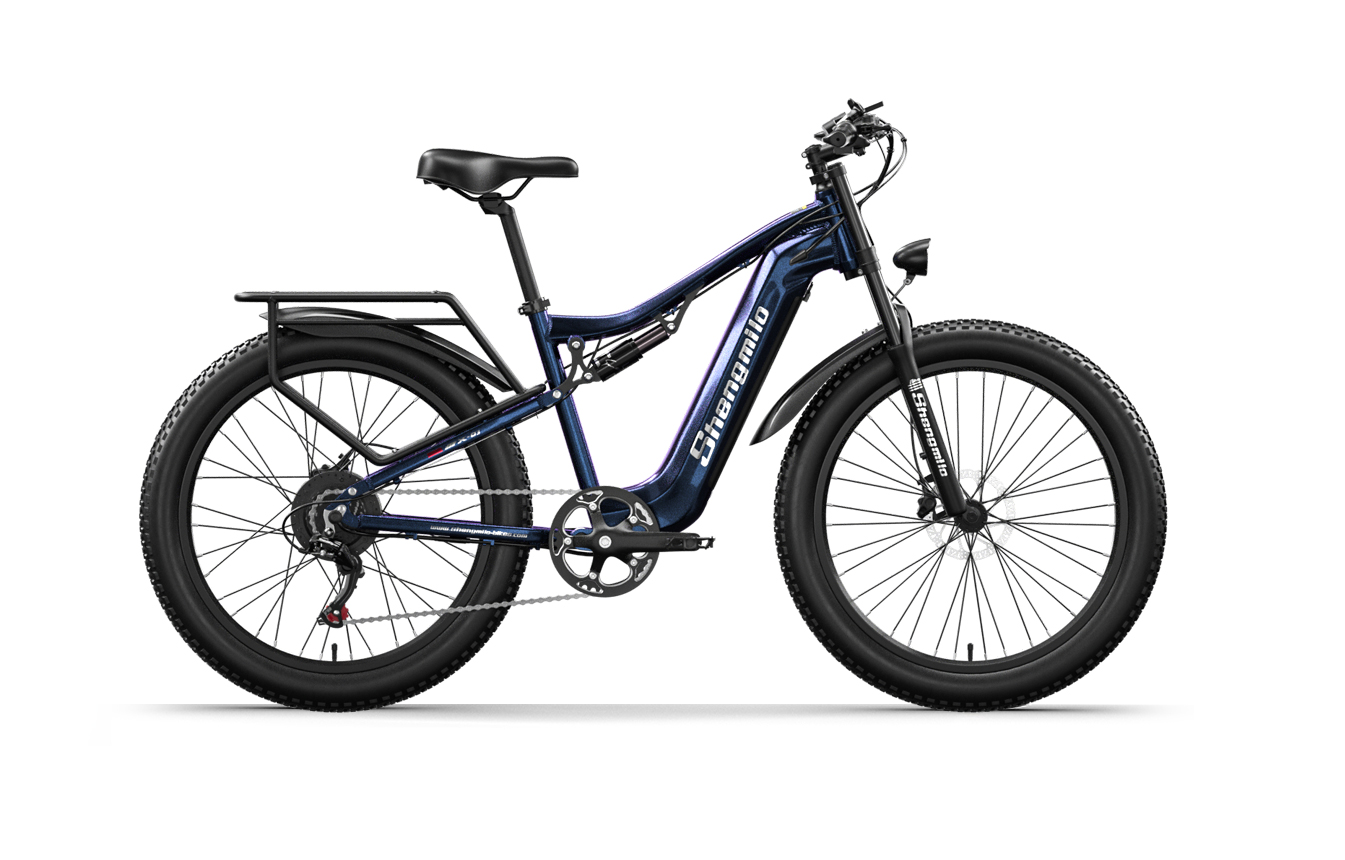
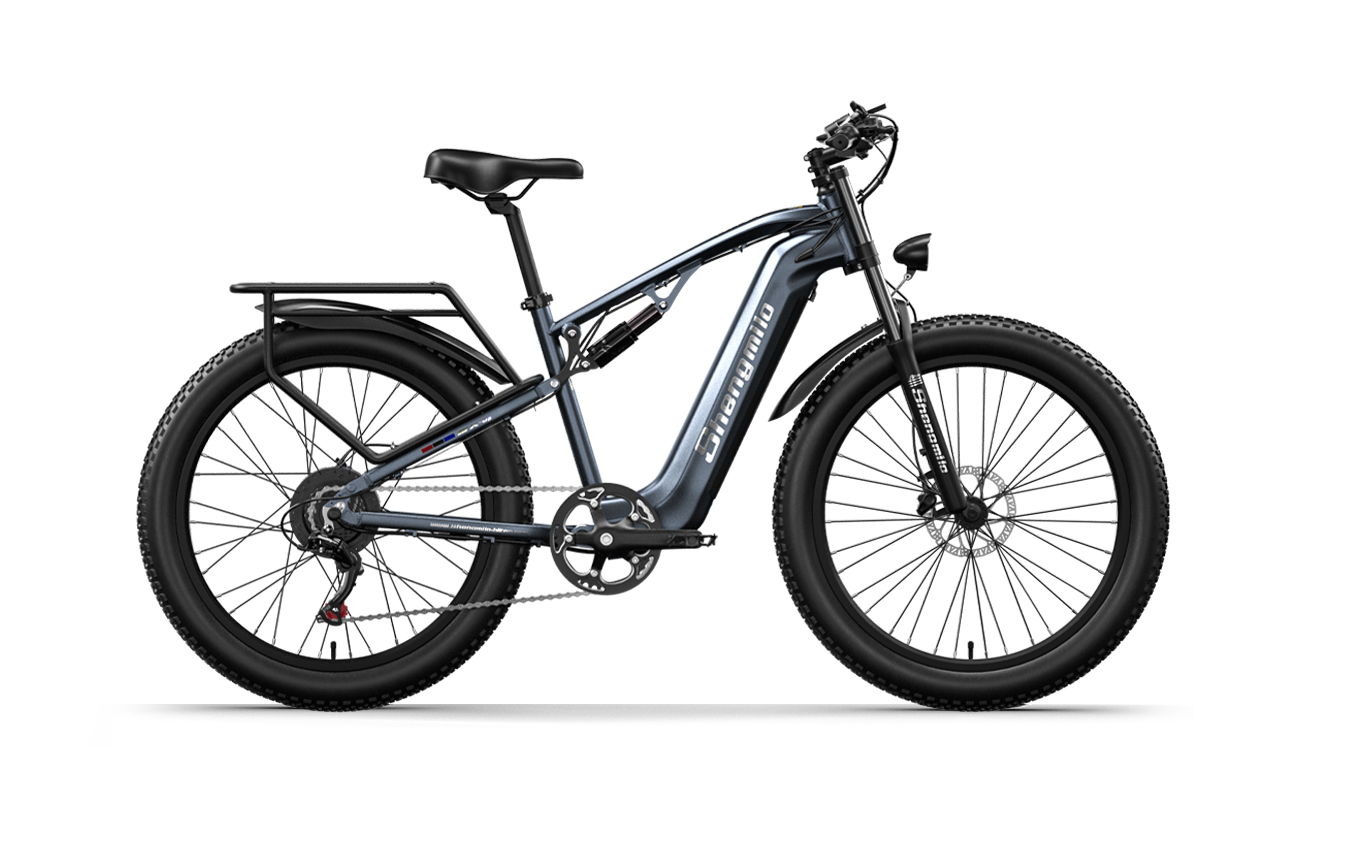


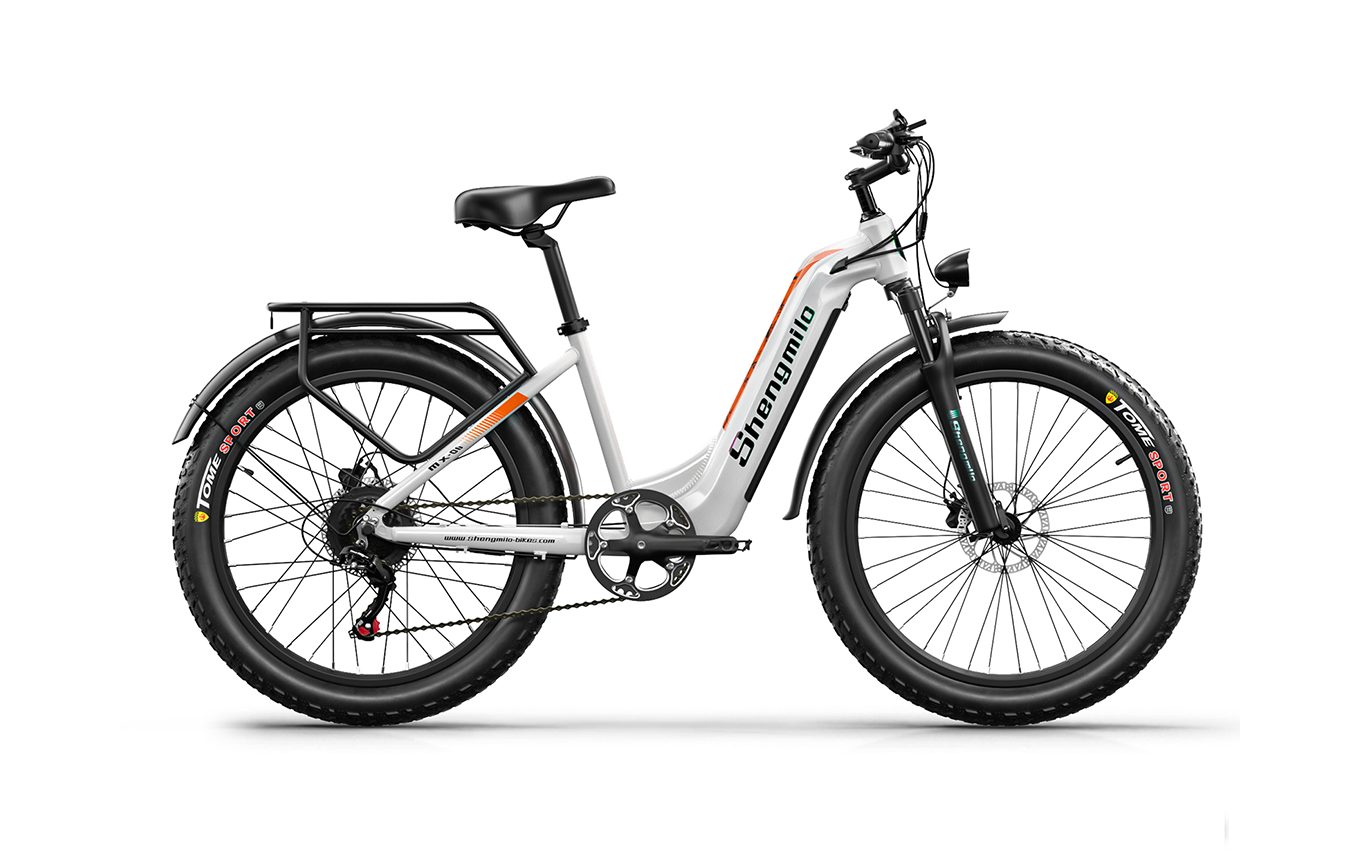
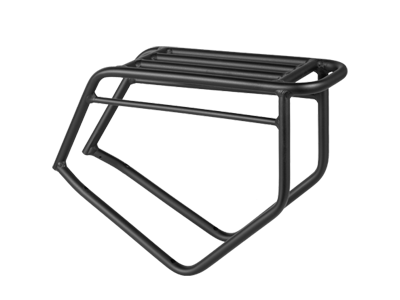
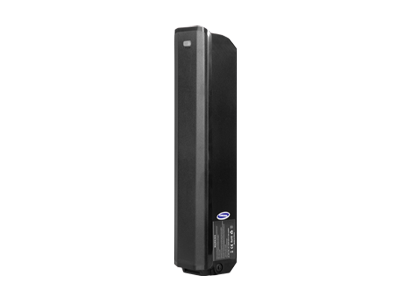
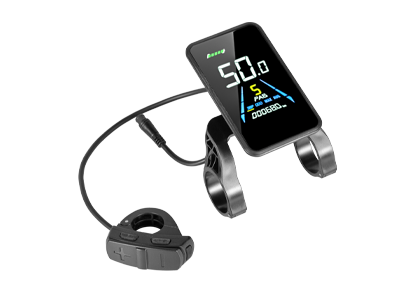
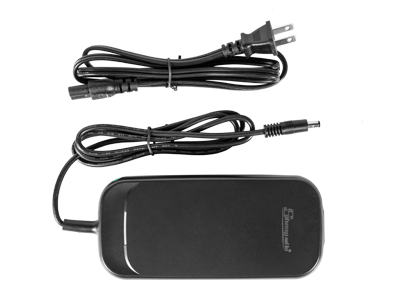
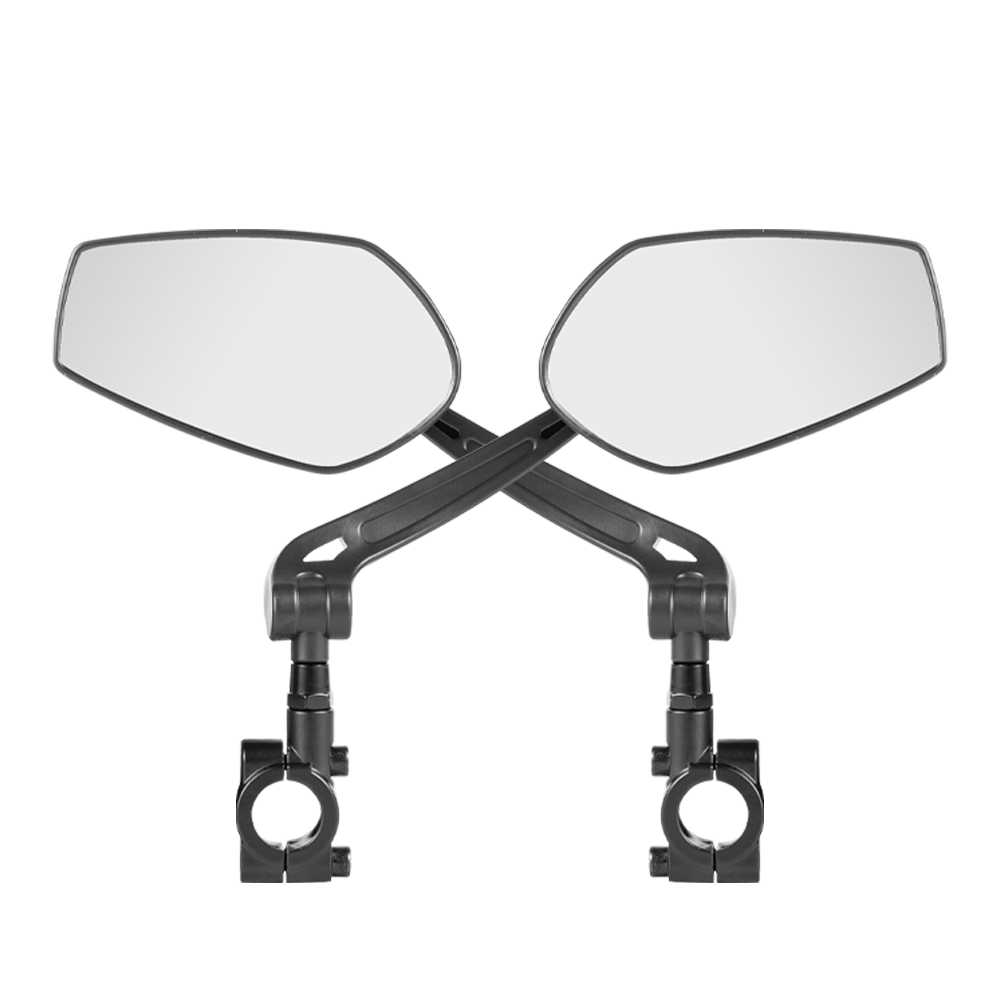
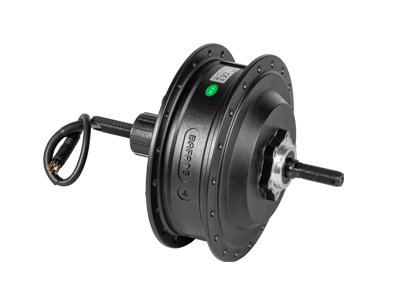
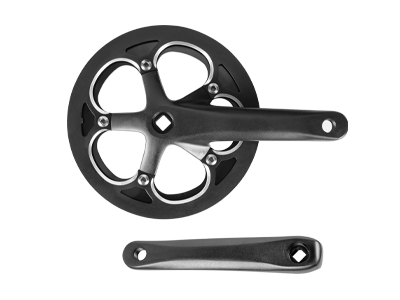
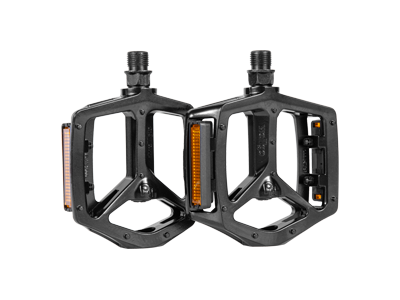
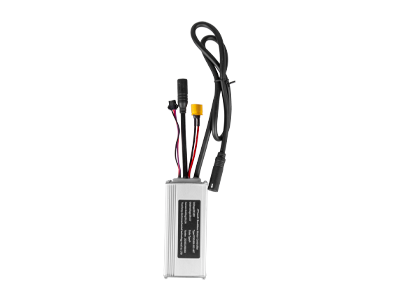
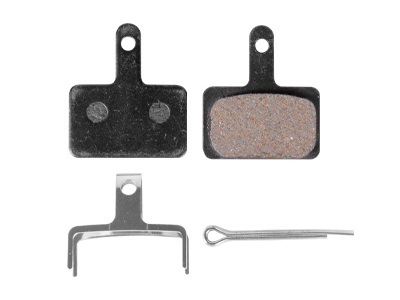
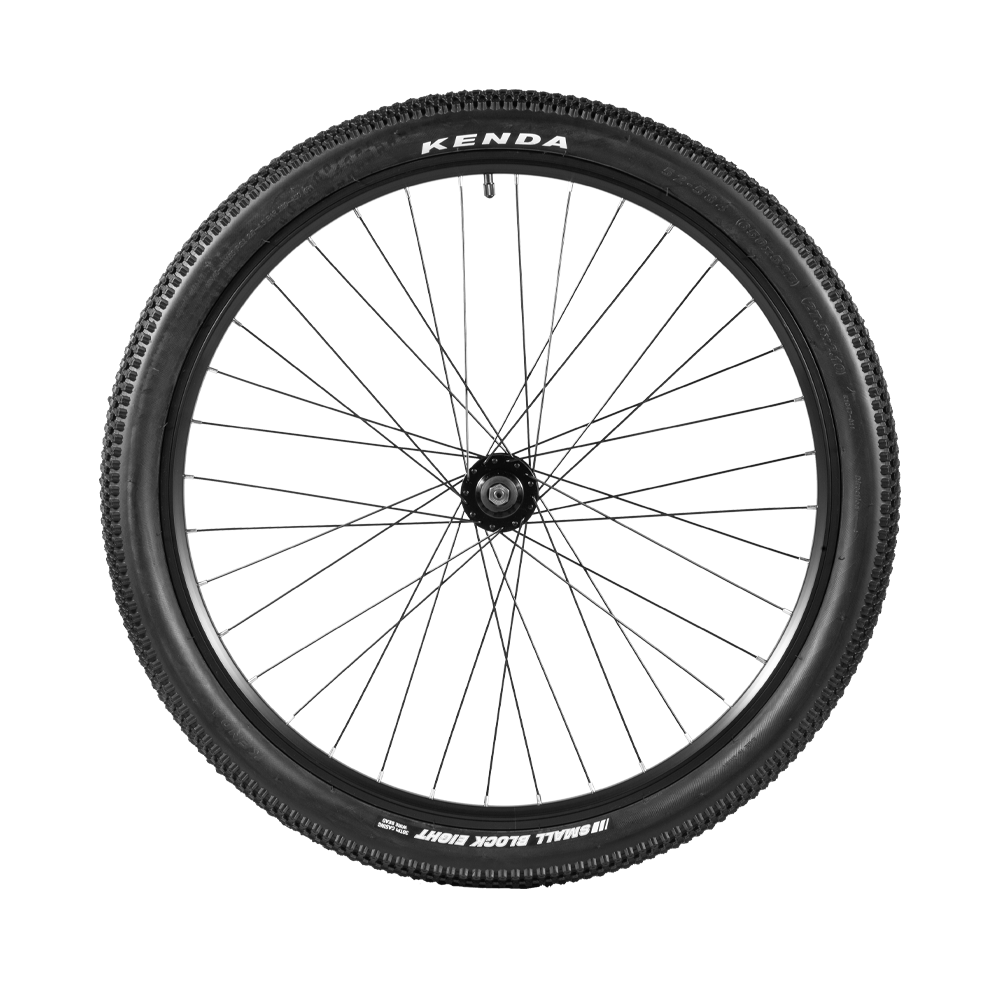


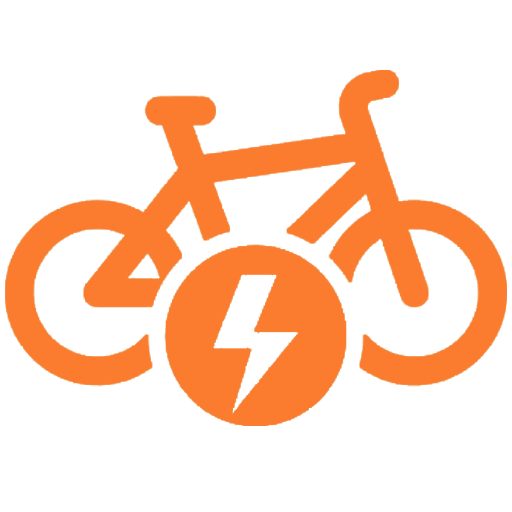



Leave a comment